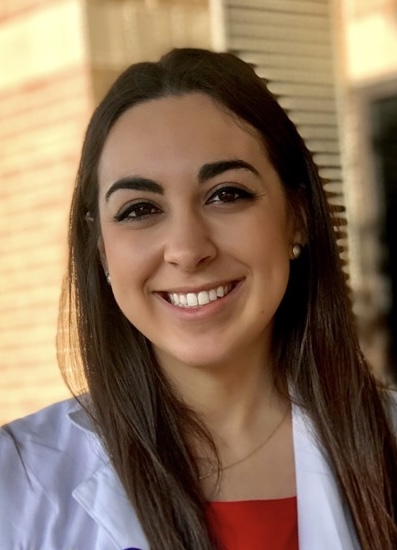A Journey of Finding the Missing Puzzle Piece
From orthopedics to pelvic health, learn about McKenzie’s journey of marrying the two specialties of physical therapy.
Type A Tendencies and the Search for Passion
A daily schedule, an overly organized desk, an ongoing to-do list, too many color-coded sticky notes, and a 5-year plan... type A to a tee would be just the right way to describe me when it comes to my work life. Not to neglect its faults, having a detailed plan has helped me achieve goals I never thought were possible at this stage in my career. However, I have begun to give myself grace when it comes to searching for my true drive and passion.
From Neuro to Pelvic Health: A Shift in Interest
If you had asked me six years ago, I would have thought I wanted to be a PT who specialized solely in neurological conditions. The beauty of neuroplasticity intrigued me. However, clinical rotations in PT school steered me in a different direction. My very first rotation was a short six-week rotation in a rural outpatient clinic. I was immersed in all things orthopedic with a sprinkle of pelvic health physical therapy. My clinical instructor at the time sparked my interest in pelvic health — something that I did not know existed, and for that, I’ll always be grateful. I learned a fair amount of musculoskeletal skills on this rotation, and I knew that I wanted to work in a similar outpatient orthopedic clinic after I graduated. Despite my love for orthopedics, the desire to learn more about pelvic health physical therapy remained in the back of my mind.
Discovering a Missing Piece
Once I finished PT school, I was lucky enough to land a job at a small private practice clinic. This clinic had a large orthopedic population. I developed a heart for those with chronic pain and began an extensive research-based continuing education journey to help me better treat this population. Their silent struggles gave me reason to go to work every day and to offer help, knowledge, support, and guidance for them. However, I felt like something was missing, although I could not pinpoint it exactly. In the interim of working towards my Orthopedic Clinical Specialist Board Certification, I found myself so intrigued by the inner workings of the lower lumbar and sacral spinal areas and their relation to the pelvic floor. A deeper dive took me into the physiology and disease processes of the genitourinary, reproductive, and gastrointestinal systems and the corresponding link to a sound pelvic floor. Again, I felt an inkling of wanting to know more. Between my very first clinical rotation and studying for my OCS, I finally realized I needed to let myself explore the pelvic health realm more - to allow myself to bring to light a passion for something I had been searching for all along.
Stepping Into Pelvic Health
At this point, I switched directions professionally. I reviewed course content related to pelvic health from PT school and began diving into introductory pelvic courses from APTA Pelvic Health. Within months, I completed my Pelvic Health Level 1 coursework. Every resource I could imagine was at my fingertips from the Academy of Pelvic Health Physical Therapy. I couldn’t be more grateful for the education I gained, but also the mentors and friendships that came along with the start of this journey. And, it continues. Currently, I am working my way through Level 2 of the CAPP-Pelvic Courses, thanks to the help and scholarship from the Academy.
Blending Orthopedics and Pelvic Health
Currently, I split my caseload between patients with orthopedic conditions and those with pelvic dysfunction. I’ve realized how integral the two are to each other. Often, I tie together the two specialities and end up with better outcomes than solely focusing on one discipline. For example, a good global orthopedic exam can often take the microscope off of the pelvic floor to observe certain movement patterns, areas of weakness, or mobility restrictions that could have been overlooked with focus solely on the pelvic floor. On the other hand, coming to a roadblock with a general orthopedic case could be better navigated or overcome by investigating pelvic floor function and its interworkings. The overlap is often a beautiful reminder that so many body systems are connected and that it is vital to look at the person in front of you in their entirety. This realization has allowed me to truthfully say I am finally fulfilled in my clinical practice.
Looking Ahead
I’m excited for where this journey continues to take me, the colleagues I will meet along the way, and the potential impact I can have on future patients. I have much appreciation for the Academy of Pelvic Health Physical Therapy for supporting my professional growth.
About the Author
 McKenzie L. Tyson, PT, DPT, Board-Certified Orthopedic Clinical Specialist
McKenzie L. Tyson, PT, DPT, Board-Certified Orthopedic Clinical Specialist
McKenzie and her husband live in Baton Rouge, LA, and she enjoys running, baking, and playing pickleball in her free time. McKenzie earned her DPT from LSU Health Shreveport in May 2022 and is now Board-Certified in Orthopedic Physical Therapy. She practices in Baton Rouge, Louisiana.


